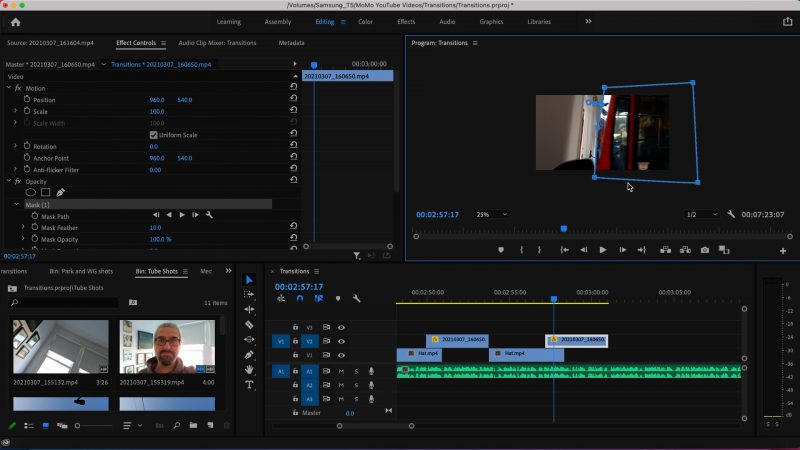5 Tips to Master In Camera Transitions with your Smartphone
Transitions really add a special dynamic to your videos when used to emphasise the cinematic stories you are creating.
So how do we make transitions part of our storytelling using a smartphone?
Transitions have been used throughout the history of the moving image, in advertising, TV shows and movies.
But what is an in-camera transition?
A transition is a way to move from one shot to another or one scene to another. The most basic camera transition is a simple cut. You end one shot and start another and that’s it.
But when we’re talking about transitions, these days, we’re talking about something more. We’re talking about adding a bit of visual spice to the cut. We want to add something to a cut which says, “This is different. This cut is more important than a normal cut”.
Tip 1: Transitions are Important
So my first tip is to save your in camera transition for an important transitional moment in your video. Or rather, an important transitional moment in your story. If you fill your video with crazy camera transitions on every edit, they lose their impact.
In TV or movies, special transitions are often used to take the audience from one part of the world to another. A famous transition is the one used by David Lean in the film Lawrence of Arabia, which cuts from a burning match in a room to a burning sunrise in the desert.
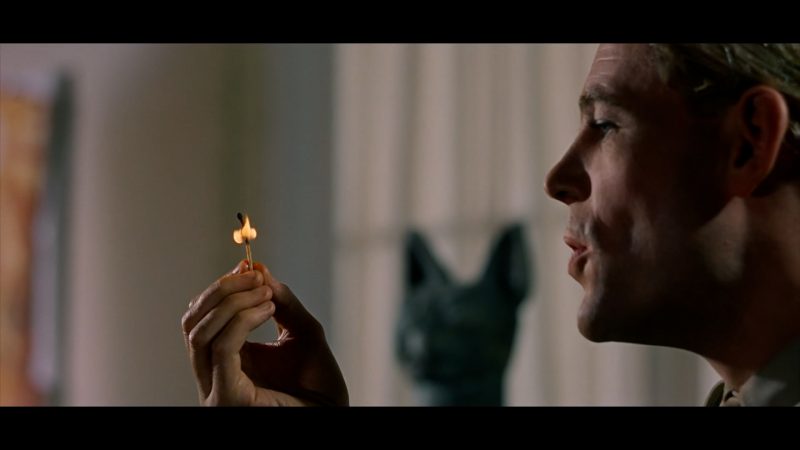
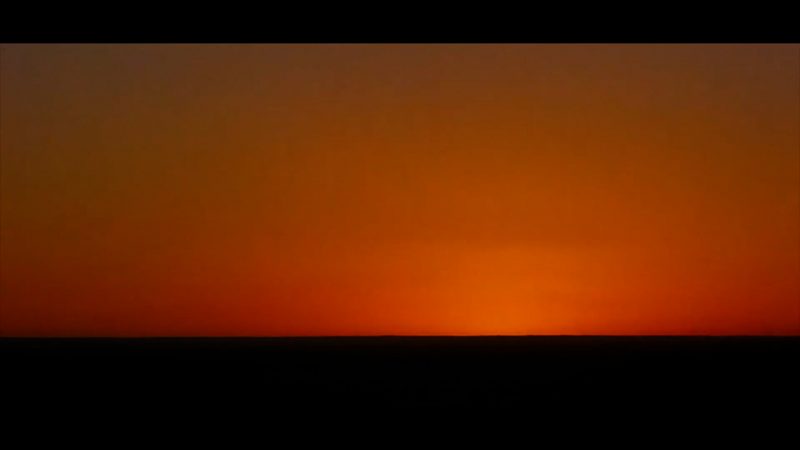
David Lean, the director, actually began his filmmaking career as an editor and it shows in his movies. Note the timing of the cut, on the breath that blows out the match, and how that makes the transition more effective. With editing, timing is key.
The story transition from ordinary interior to barren landscape marks a big moment in the story. Going from Lawrence talking about his adventure to actually being there. You can think of a transition as like a new chapter in a novel.
Tip 2: Transitions are Movement
Camera transitions are created using movement. Not only that, transitions are a movement in the story, too. And the great thing about shooting video with a smartphone is they’re very easy to move around in creative ways.
One of the simplest but effective transitions to create is moving the camera to black and then moving out from black. These transitions work better when the camera movement feels natural in the video.
For example, dollying left to right in both shots, moving behind an object and then out from behind an object in the next shot. Make sure to make the cut at the moment both shots have a black screen.
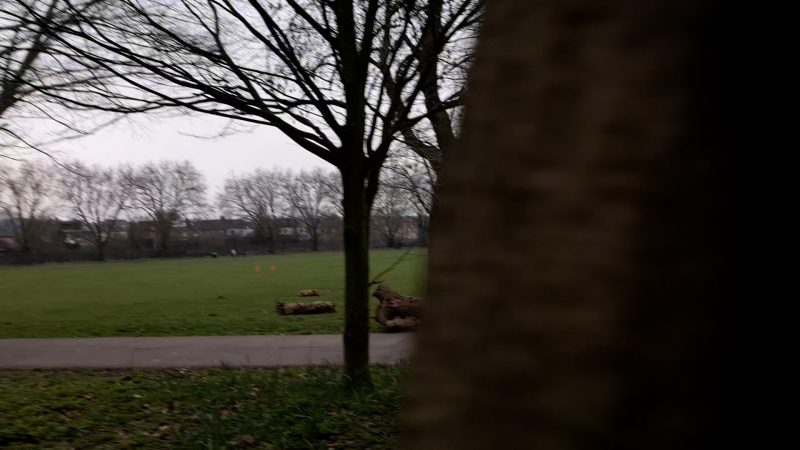
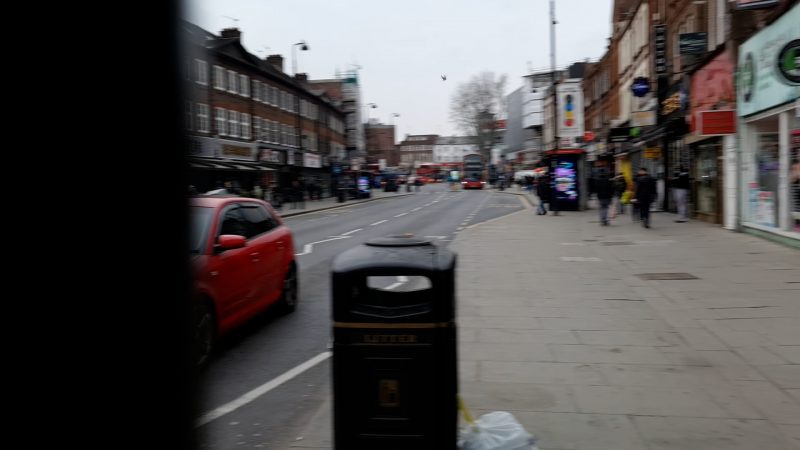
This works really well if both shots are going at the same speed, so it feels more natural. If the speed is slightly out, you can try adjusting the speed in one shot to match the other.
You can be really creative with this shot. For example, move into black but then surprise people with a door opening. Think of all the ways you can go from a black screen to a reveal – the possibilities are endless.
Masking Transition
Another version of this shot uses masking to create the transition. Instead of cutting, you mask around the foreground object and follow the movement across the screen. This is basically a reveal shot, but between 2 different shots.
You can use the movement of a vehicle, or someone walking across the frame. Basically anything which moves across the frame and covers 2 edges of the frame.
Whip Pan Transition
Another really simple and often used transition is what’s known as the whip. This is where one rapid pan shot is cut into another rapid pan. It helps to create a seamless transition if you have motion blur in the shot so that 2 shots blend together better. Again, adjusting the speed of one shot to match the other helps to perfect the transition and make it seamless.
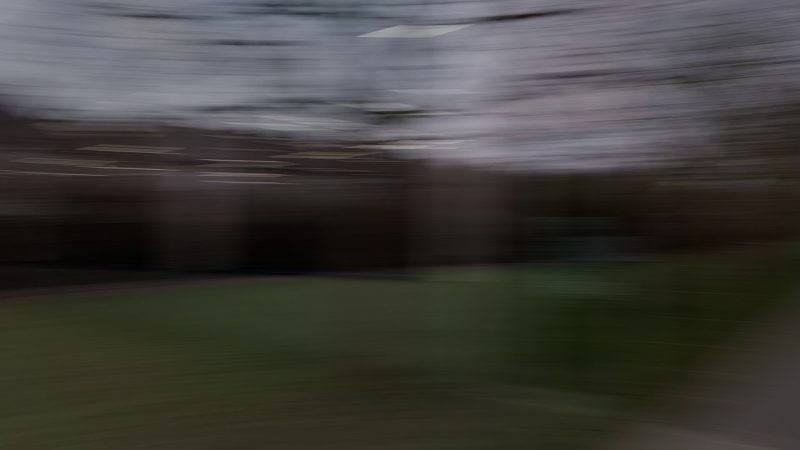
Tip 3: Transitions are Meaningful
The temptation is to add a flashy transition just because you can. But if you want to keep your audience even more engaged, then give your transition meaning within the story.
For example, a travel video might want to tell the story of a wonderful, relaxing experience. To achieve this, the transitions could emphasise the joyful elements. A warm sun match-cut to a holidaymaker’s beaming smile.
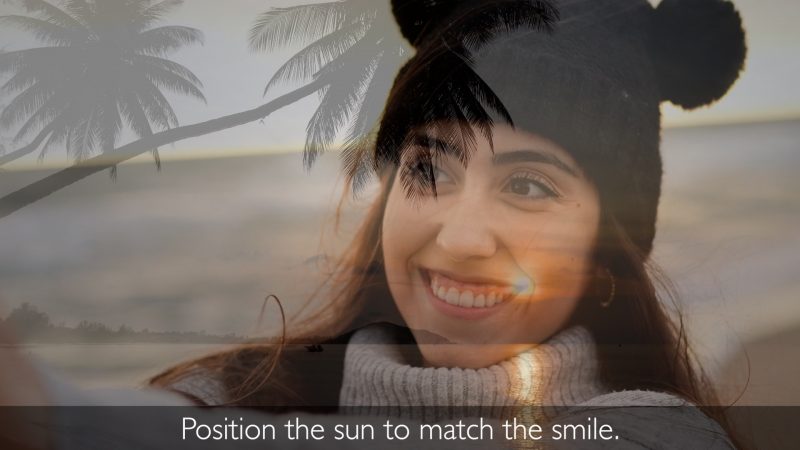
Another famous transition was used by Stanley Kubrick in the movie 2001: A Space Odyssey. One of our ancestors learns how to kill using a tool, a big bone. The primate then throws it in the air in celebration and Kubrick match-cuts to a spacecraft.
This isn’t done just to be clever, it transitions the story from our ancestors learning to use a tool, to 2001 when we’d learned to make weapons in space. This spaceship is actually a weapon, just like the bone. So while the transition tells us humans have advanced technologically, they’re also still using their brains to kill each other. So, this transition asks us, have humans really advanced all that much?
And all that is said to us by a simple match cut.
Tip 4: Transitions are Feelings
The best transitions are not just a clever way of editing, they work on an emotional level too. Used right, your transitions can communicate emotions to the audience. You can express and emphasise what a person is feeling.

A close up of your subject, followed by a transition to raindrops or dark clouds can be used to indicate a feeling of sadness. Clouds and storms indicate dark moods, with raindrops representing tears. Alternatively, if you transition to sunshine and blue skies you can tell the audience the person feels happy.
A well crafted transition can reveal a subject’s thoughts and dreams. While this can be a simple cut, using a transition effect adds extra emphasis.
Example
If we have a subject gazing through a window and then use a masking transition where a vehicle crosses frame, it looks cool. But if the subject is yearning for adventure, then the transition takes on a whole new level of meaning within the context of the story. The transition now propels the story forward and keeps your audience focused on the story.
Tip 5: Transitions are Fun
Transitions can be so much fun because they’re part of the movie illusion we create by shooting and editing. We can be really creative with transitions and the options are limitless. Inspire yourself with TV series built on many imaginative transitions such as Sherlock.
Add layers of ideas to create one amazing transition. For example, I downloaded some light leaks for free. Just place them over the transition and switch blend mode to screen. Adjust opacity to increase or decrease the strength of the effect.
Adding directional blur in Premiere, for example, allows you to better smooth the transition from one whip shot to the next.
As well, using music and sound effects to emphasise the movement all helps to create a super powerful cinematic storytelling moment in your video.
Eager to learn more?
Join our weekly newsletter featuring inspiring stories, no-budget filmmaking tips and comprehensive equipment reviews to help you turn your film projects into reality!
Simon Horrocks
Simon Horrocks is a screenwriter & filmmaker. His debut feature THIRD CONTACT was shot on a consumer camcorder and premiered at the BFI IMAX in 2013. His shot-on-smartphones sci-fi series SILENT EYE featured on Amazon Prime. He now runs a popular Patreon page which offers online courses for beginners, customised tips and more: www.patreon.com/SilentEye


